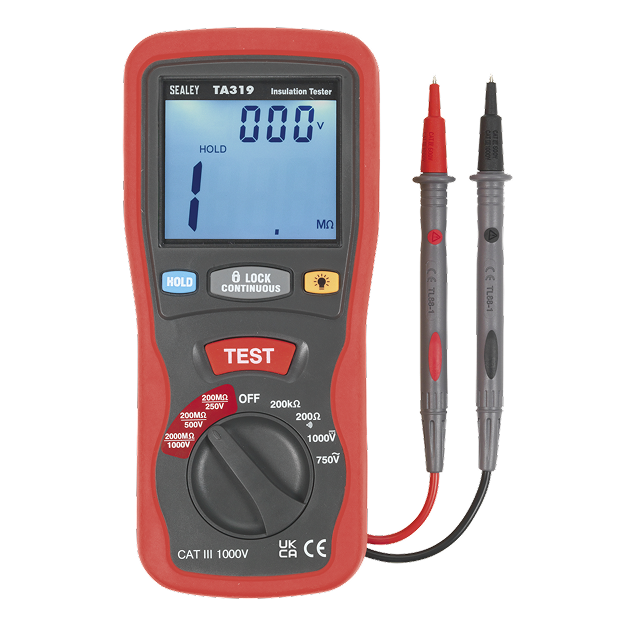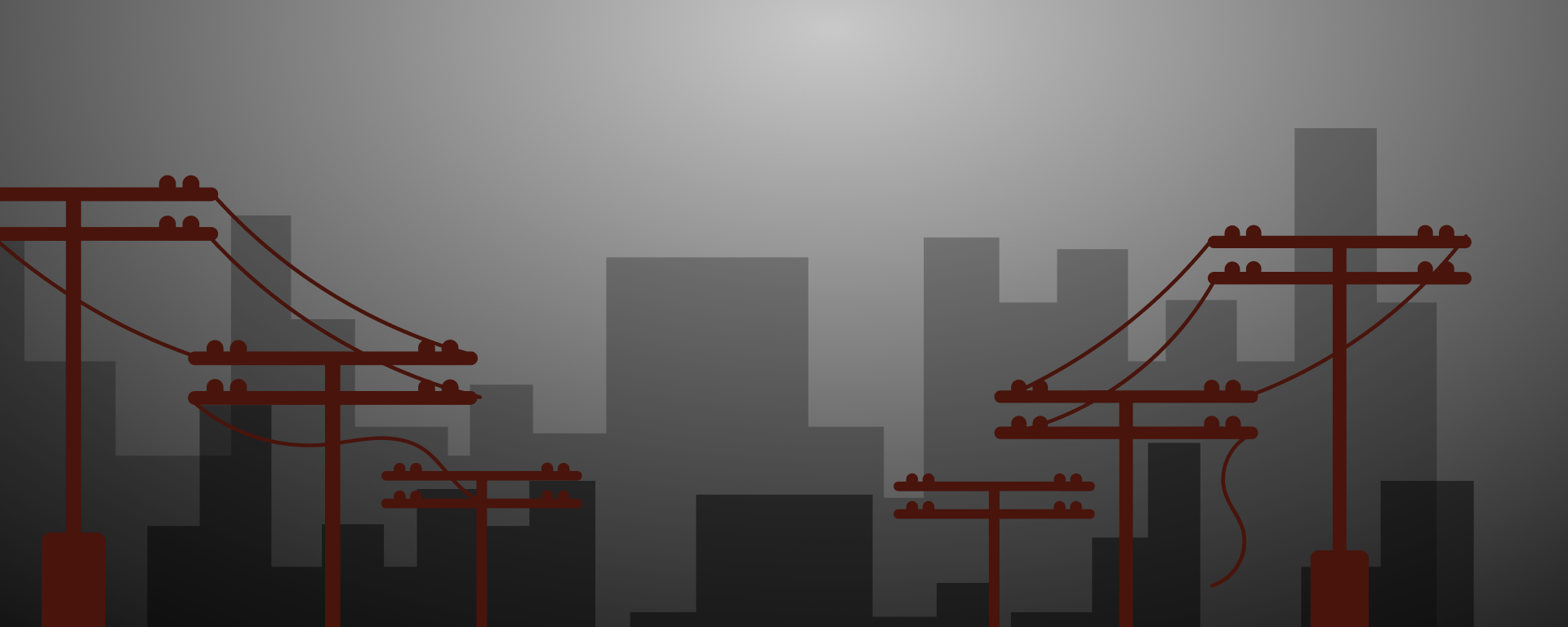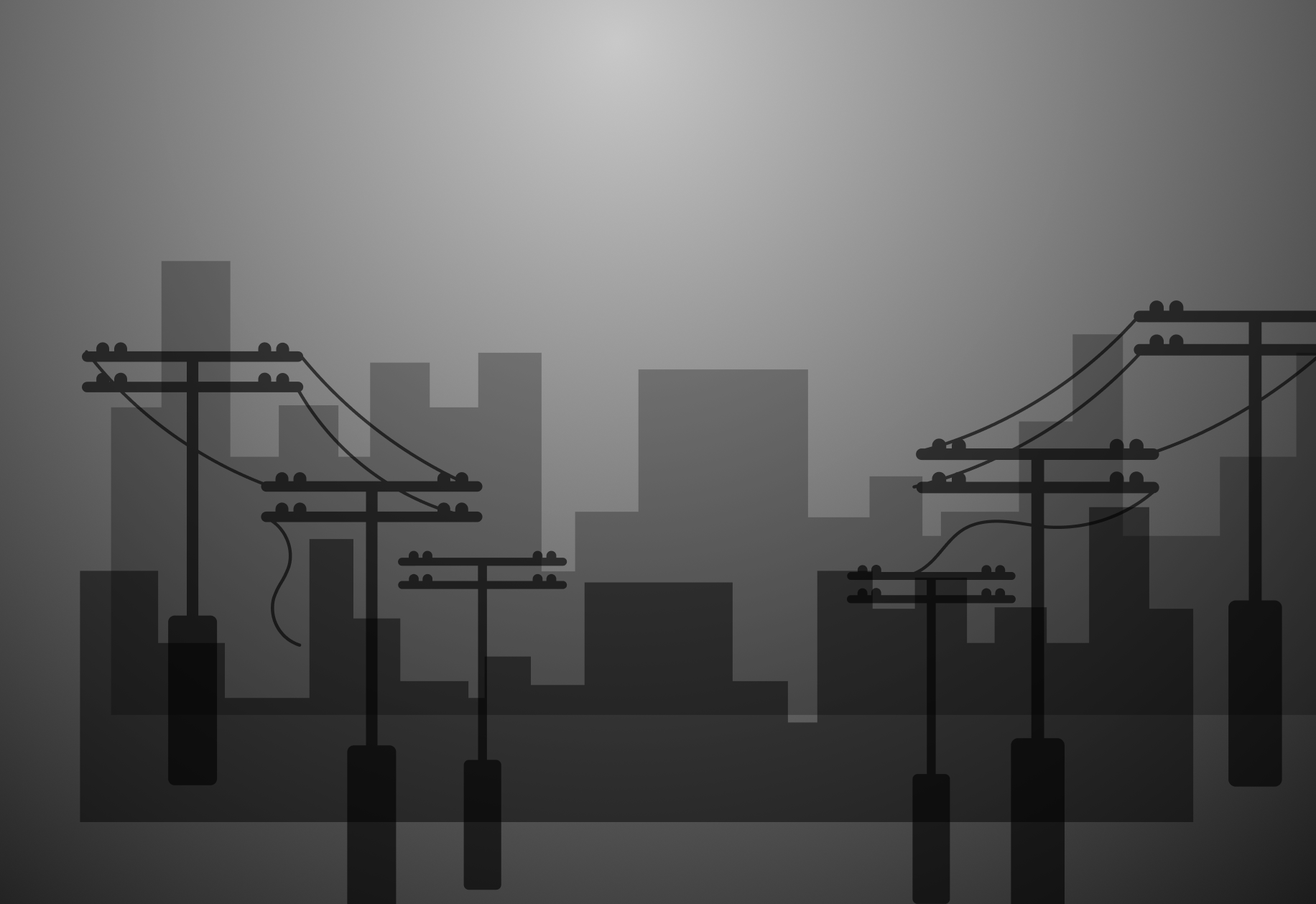At High Voltage Control Inc., we provide advanced insulation resistance testers that deliver precise resistance measurements in ohms, megohms, gigohms, or even teraohm — depending on the specific instrument. Our devices are compact, portable, and ideal for field and lab use. Whether you’re working on transformers, motors, switchgear, or cables, insulation resistance gives a vital indication of the integrity and safety of your system.
What makes our testers unique is their ability to generate a high-voltage DC output — whether powered by battery, mains, or a manual crank—which drives a measurable current through insulation. This current is then analyzed and displayed as a resistance value, giving you immediate insight into insulation health.
What Exactly Are You Measuring?
When a voltage is applied across an insulating material, several types of electrical currents may flow — not just one. Understanding each component helps you interpret test results correctly and assess insulation condition over time.
1. Capacitive Charging Current: The Fast Starter
The first current that flows is the capacitive charging current. As insulation acts similarly to a capacitor, this current initially surges and then drops off quickly—usually within a few seconds—as the insulation reaches its charged state. This component is short-lived but important, as it defines the energy stored during the test.
2. Absorption Current: The Molecular Tug-of-War
Next, we encounter absorption current, which is more complex and longer lasting. It’s made up of three distinct phenomena:
The movement of free electrons under the electric field.
Molecular distortion, where electron clouds are shifted.
Polarization alignment, where dipolar molecules line up with the field.
This current decays slowly, often over several minutes, and is influenced heavily by the insulation material. Moisture contamination or material breakdown (depolymerization) can cause higher polarization effects, making this current a useful indicator of deterioration. For example, polyethylene shows very little absorption current, while moisture-laden or aged insulation shows much more.
3. Surface Leakage Current: The Moisture Marker
If the surface of insulation is damp or contaminated with conductive particles like salts or dust, surface leakage current will occur. This current remains relatively constant during the test and can increase with humidity or temperature. Though sometimes combined with conduction current in readings, it can be mitigated using guard terminals during testing.
4. Conduction Current: The True Leakage Indicator
This is the steady-state current that flows directly through the insulation after all transient effects (charging and absorption) have faded. It reflects the long-term leakage path, often modeled as a very high resistance in parallel with insulation capacitance. Our insulation testers can isolate and display this current once the system stabilizes, allowing for accurate resistance measurement.

Why Time Matters in Insulation Resistance Testing
All the currents mentioned above combine to form the total test current. Since these components behave differently over time, the duration of the applied test voltage significantly affects your readings. For example, reading too early may include high charging or absorption current, leading to underestimating resistance.
That’s why timing your test and allowing the system to stabilize is crucial. In theory, Ohm’s Law (R = V/I) only applies at infinite time—which isn’t practical—so we aim for a stable, repeatable moment to take the measurement.
Discharging After Testing: A Must-Do Step
Stored energy from capacitive charging must always be released after the test. The good news? This discharge happens quickly. However, absorption current releases more slowly, meaning the insulation might retain energy for longer. Never skip the discharge phase—our testers from High Voltage Control Inc. include built-in safety discharge functions to handle this automatically.
Final Thoughts from High Voltage Control Inc.
Measuring insulation resistance isn’t just a number on a screen—it’s a deep dive into how your equipment handles electrical stress, moisture, and aging. Our testers give you the full picture, helping you prevent failures before they happen.
At High Voltage Control Inc. in Miami, we provide top-tier testing equipment, expert advice, and hands-on support to electrical professionals across industries. Whether you’re troubleshooting a cable system, performing routine maintenance on a motor, or inspecting high-voltage gear, we’ve got the tools you need to do it safely and accurately.

